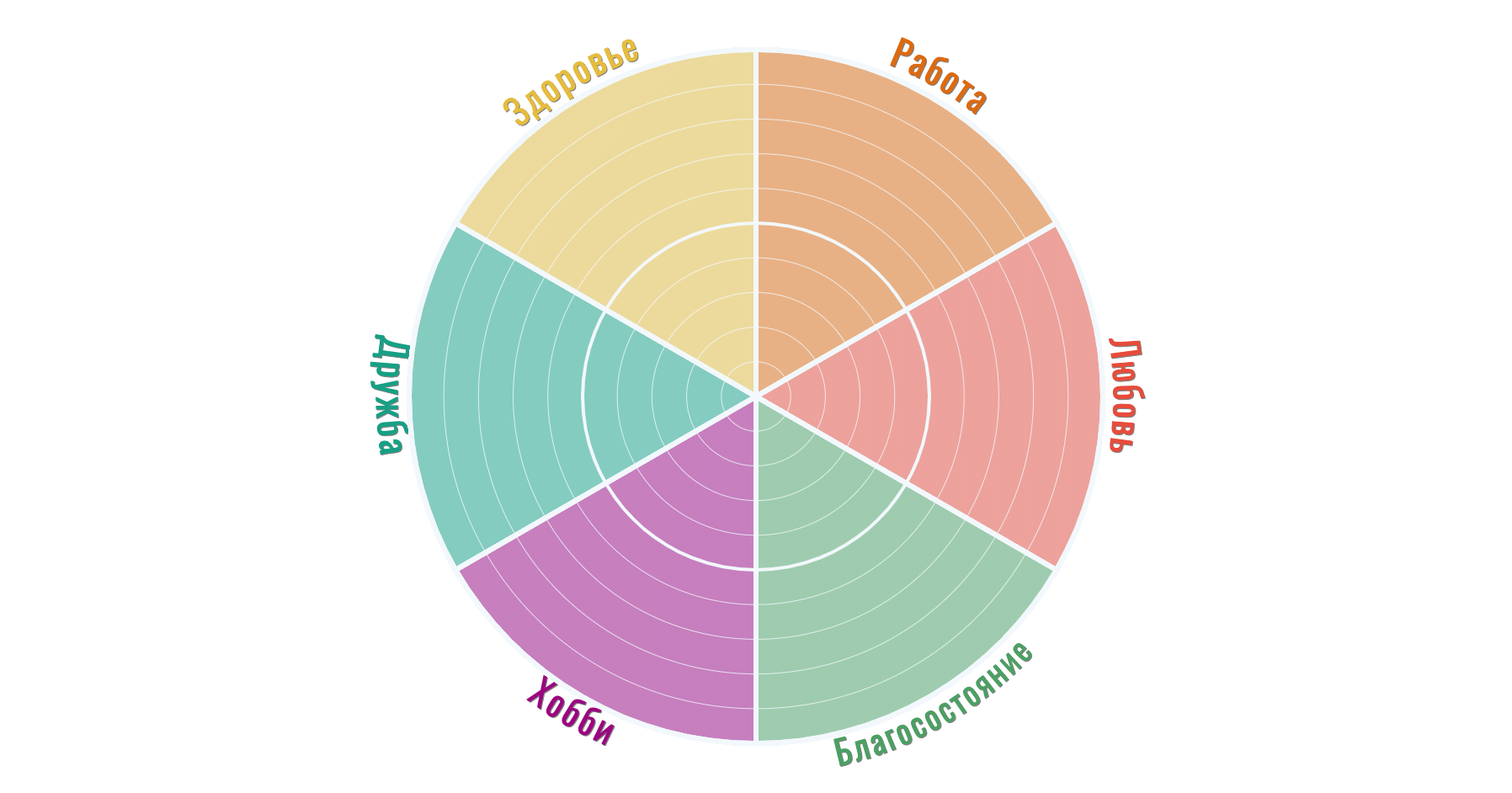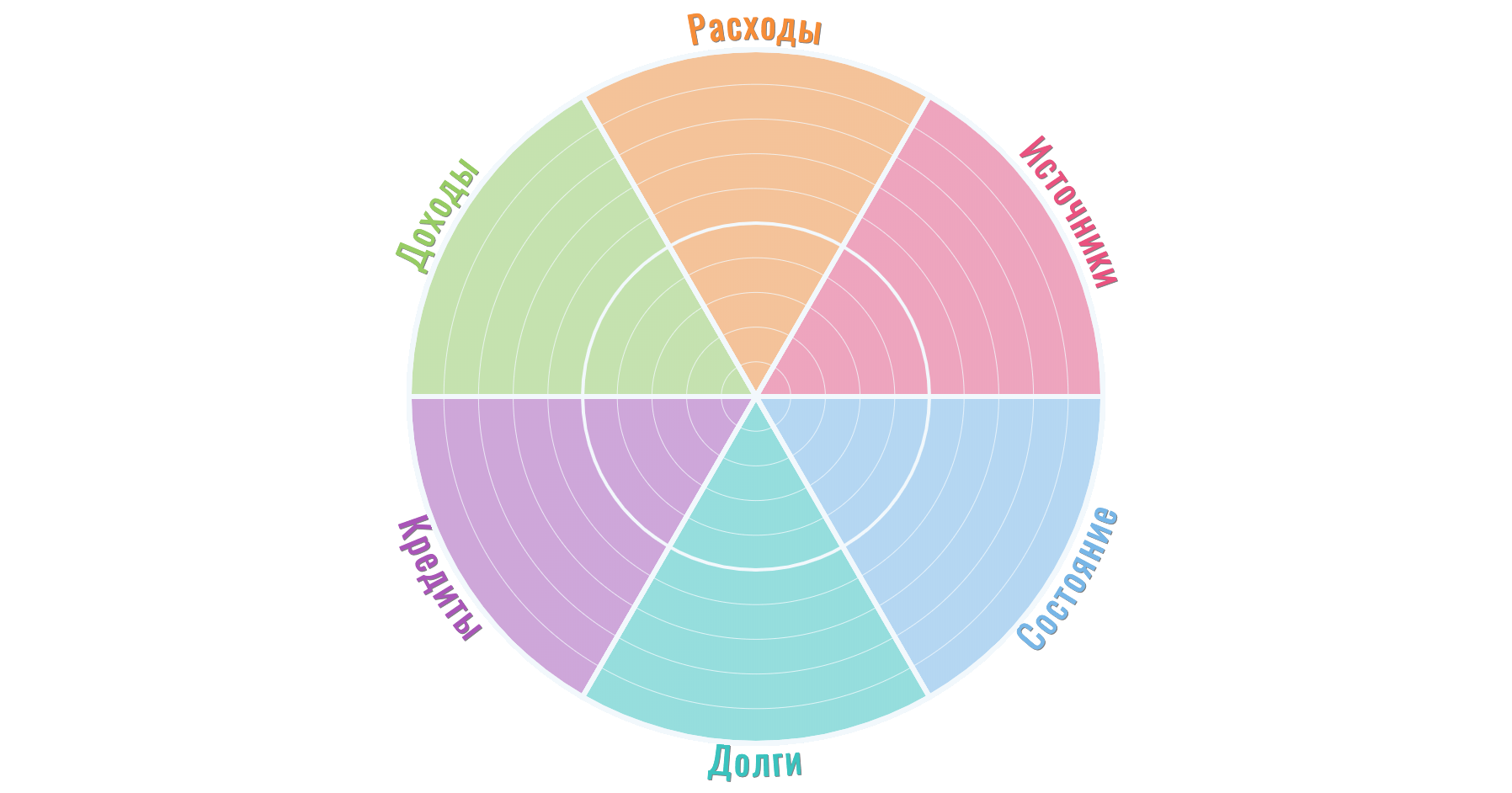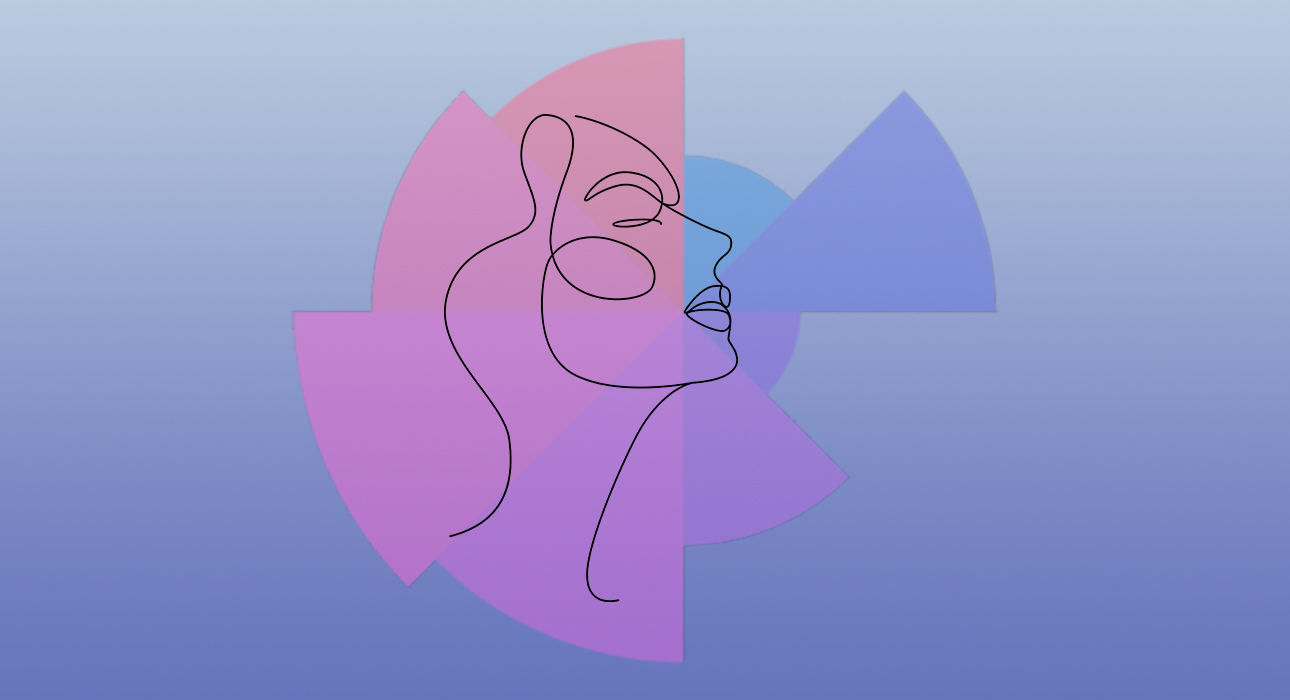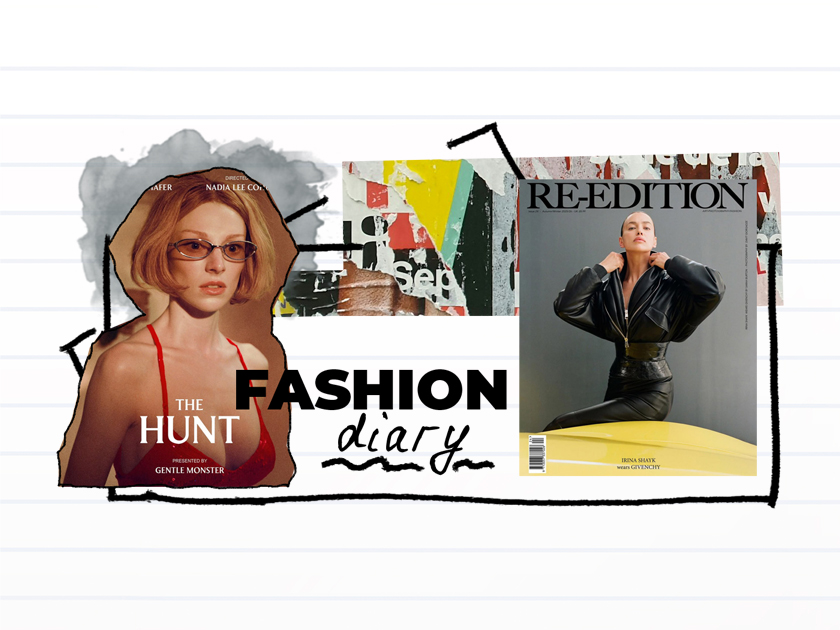Desperate efforts to stay stuck between burning deadlines and personal issues, wellness and manicure appointments are pulling us out of the balance of life at a distance even more than SpaceX. But the conversations about harmony and finding the golden middle in the race between work and life, fortunately or unfortunately, don’t stop as soon as you turn a blind eye to them and continue to remind you of what really matters – social networking, advice from loved ones, and sudden thoughts before bed.
Today it is no longer possible to blame the fact that everything “somehow formed itself”, which means it’s time to take life in your own hands and “turn” the balance wheel.
What is it and how will it help you put everything in your head on the shelves?
What is it?
The balance wheel is the “instant cut”, one of the methods of analyzing the current life situation, invented by Paul J. Mayer, who is considered one of the founders (a legend in the field of goal setting, leadership and motivation). something like personal development.
The wheel is a circle divided into a certain number of sectors. In the classic version there are six (family and home, finance and career, personal development and education, body and health, society and culture, spiritual development and ethics), but in the modern version there can be more sectors: for example, you can add hobbies, work and other areas of life . Today, a variant of the wheel is more often used, in which there are at least eight fields: career, money, health, friends, family, development, entertainment, living conditions.
As a rule, you should update the balance wheel semi-annually or annually so that the forecasts for each sector are not out of date and reflect the actual situation.
How to make a balance wheel?
The first step is to decide on the number and name of the sectors. After that, draw a circle on a piece of paper, divide it into sectors, and inside the main circle draw another nine circles, from largest to smallest, or divide each line that separates the sectors into eleven equal parts (“dash” in each, in this case the row will be ten). Then number the central horizontal axis from one to ten from the centre, and don’t forget to give each sector a name. You can color your balance wheel if you wish – this will not affect the result.

When the wheel is ready, you can move on to the most important part, the evaluation. Each living area in the circle should be awarded one to ten points and do this as objectively as possible – only you will see the wheel in the end, so you shouldn’t worry about what others think. And to have something to build upon, imagine each of the spheres in its best, ideal manifestation – let this ideal mean “ten.” What else can help? Ask yourself questions: how comfortable do you feel at work and at home, do you lose contact with friends, have you been sick for a long time? This will help you get an honest assessment of each industry and you can base it on the following standard:
• Zero to three points – the state of the vital sector remains, it is necessary to start solving problems immediately;
• Four to seven points – minor, sometimes point changes are required through gradual, painstaking work;
• From eight to ten points – everything is stable and even perfect, no adjustments needed.
At the same time, we remind you: it is better to put aside perfectionism when working on a balance wheel. It’s impossible to have a “ten” in every industry, but you shouldn’t be upset about that – you’ll definitely be more successful somewhere.
How are the results calculated correctly?
After evaluating all sectors, connect the dots in a circle (the designated point is the point) – this way you will get a kind of diagram and you will clearly see which areas of your life are clearly overhanging and which are not. to worry. Then take and analyze the sectors with the lowest scores: why did you rank them this way and what can you do about it?
The important thing at this stage is a clear plan. First, you need to set a clear goal for yourself – what result in this area will bring you a sense of satisfaction and comfort? Second, determine what actions need to be taken to solve the problems? Third, set yourself a clear time frame – how long will it take?
For example, if the money area is “suffering” for you, the plan might look like this:

Periodically go back to your plan to see the progress and adjust it if necessary (for example, you can add small and easy tasks) and after six months make a new balance wheel and compare the changes. Sometimes it is impossible to make a plan for each of the areas, and then it is worth considering which area is better to start with an “upgrade” so that it affects other problem areas. For example, if you have rated the money sector in two points, applying assistance for travel, vacation or parents can be difficult.
By the way, if your scheme turned out to be monotonous, this indicates either that you are cunning in front of yourself and predict some areas better or worse than the real situation, or you are in stagnation – a monotonous and stagnant period of your life. The latter is not good, but not bad either. Stagnation is almost always the beginning of a decline, and sooner or later it leads to deterioration, because as the world moves on, you continue to stand still without improvement.
what does it do
Roman Domov, head coach of the highest internationally qualified MCC ICF, says on his blog that the balance wheel starts working before you even analyze it: “We have the opportunity to let go of everything we carry inside.” According to him, in the process of work you have the opportunity to think about what is really important to you and what you want to achieve in this or that area:
“In everyday life, we often forget our own life path or do not find time to think – we go to where it is “closer” and do what is “needed” from us in the current circumstances. But where do we really want to go and what are we doing?
Roman Domov also shares that the balance wheel helps you look at your life holistically and not get stuck on certain problems or achievements: “Just as one organ in the human body affects another, every vital area is interconnected. with others
The solution to a problem is only possible with a comprehensive look at the situation.
This is why people so often seek balance, harmony for themselves – we intuitively feel that it is extremely important to balance everything in our lives.
By the way, the balance wheel can be compiled not only for analyzing the current life situation, but also for other purposes: for example, assessing competencies (own or others), work (instead of the wheel there will be tasks spheres), social roles (then the wheel ” mother) ‘ should be ‘wife’, ‘daughter’, ‘girlfriend’, etc.). In fact, the uses for the wheel are only limited by your imagination, and using it regularly will help you find the balance everyone is talking about. The main thing is not to cheat with predictions. And you will be happy.

Source: People Talk
Errol Villanueva is an author and lifestyle journalist who writes for The Fashion Vibes. With a passion for exploring the latest trends in fashion, food, travel, and wellness, Errol’s articles are a must-read for anyone interested in living a stylish and fulfilling life.





